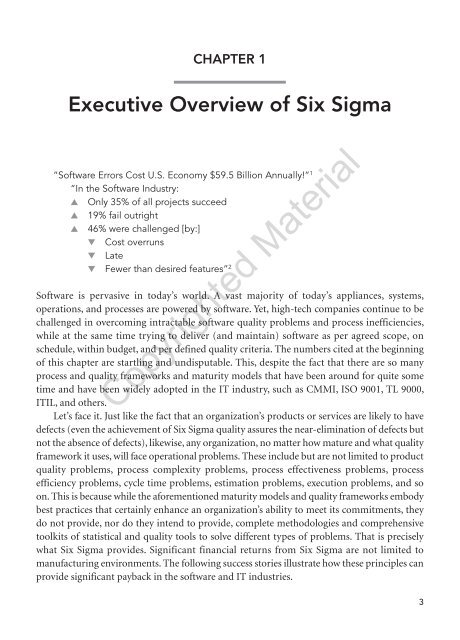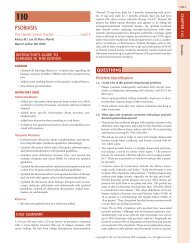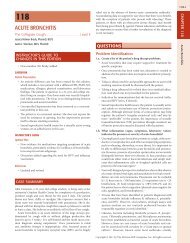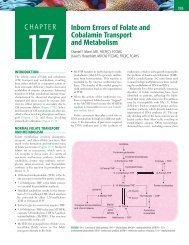Six Sigma Software Quality Improvement
Six Sigma Software Quality Improvement
Six Sigma Software Quality Improvement
You also want an ePaper? Increase the reach of your titles
YUMPU automatically turns print PDFs into web optimized ePapers that Google loves.
CHAPTER 1<br />
Executive Overview of <strong>Six</strong> <strong>Sigma</strong><br />
“<strong>Software</strong> Errors Cost U.S. Economy $59.5 Billion Annually!” 1<br />
“In the <strong>Software</strong> Industry:<br />
▲ Only 35% of all projects succeed<br />
▲ 19% fail outright<br />
▲ 46% were challenged [by:]<br />
▼ Cost overruns<br />
▼ Late<br />
▼ Fewer than desired features” 2<br />
<strong>Software</strong> is pervasive in today’s world. A vast majority of today’s appliances, systems,<br />
operations, and processes are powered by software. Yet, high-tech companies continue to be<br />
challenged in overcoming intractable software quality problems and process inefficiencies,<br />
while at the same time trying to deliver (and maintain) software as per agreed scope, on<br />
schedule, within budget, and per defined quality criteria. The numbers cited at the beginning<br />
of this chapter are startling and undisputable. This, despite the fact that there are so many<br />
process and quality frameworks and maturity models that have been around for quite some<br />
time and have been widely adopted in the IT industry, such as CMMI, ISO 9001, TL 9000,<br />
ITIL, and others.<br />
Let’s face it. Just like the fact that an organization’s products or services are likely to have<br />
defects (even the achievement of <strong>Six</strong> <strong>Sigma</strong> quality assures the near-elimination of defects but<br />
not the absence of defects), likewise, any organization, no matter how mature and what quality<br />
framework it uses, will face operational problems. These include but are not limited to product<br />
quality problems, process complexity problems, process effectiveness problems, process<br />
efficiency problems, cycle time problems, estimation problems, execution problems, and so<br />
on. This is because while the aforementioned maturity models and quality frameworks embody<br />
best practices that certainly enhance an organization’s ability to meet its commitments, they<br />
do not provide, nor do they intend to provide, complete methodologies and comprehensive<br />
toolkits of statistical and quality tools to solve different types of problems. That is precisely<br />
what <strong>Six</strong> <strong>Sigma</strong> provides. Significant financial returns from <strong>Six</strong> <strong>Sigma</strong> are not limited to<br />
manufacturing environments. The following success stories illustrate how these principles can<br />
provide significant payback in the software and IT industries.<br />
Copyrighted Material<br />
3

















